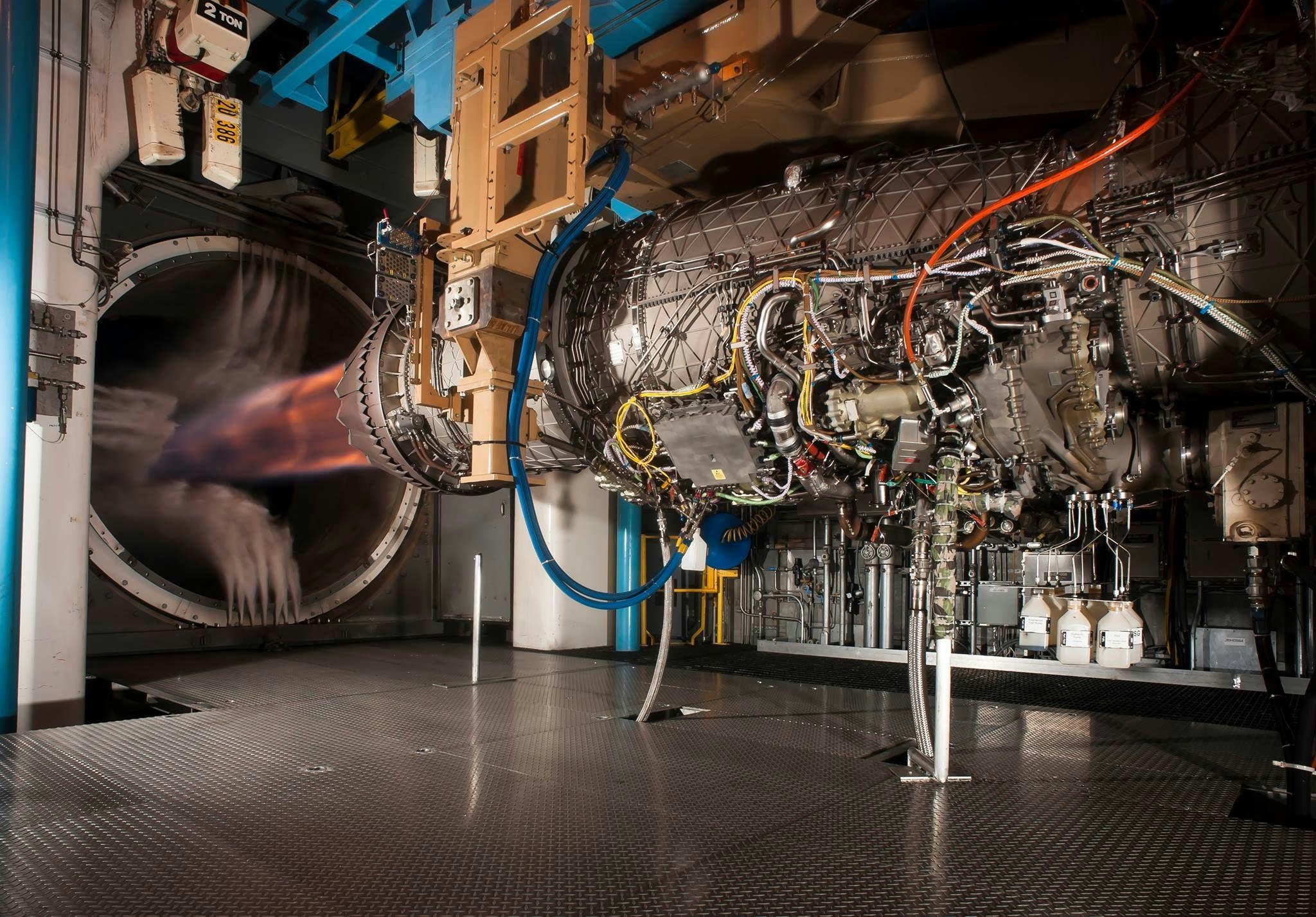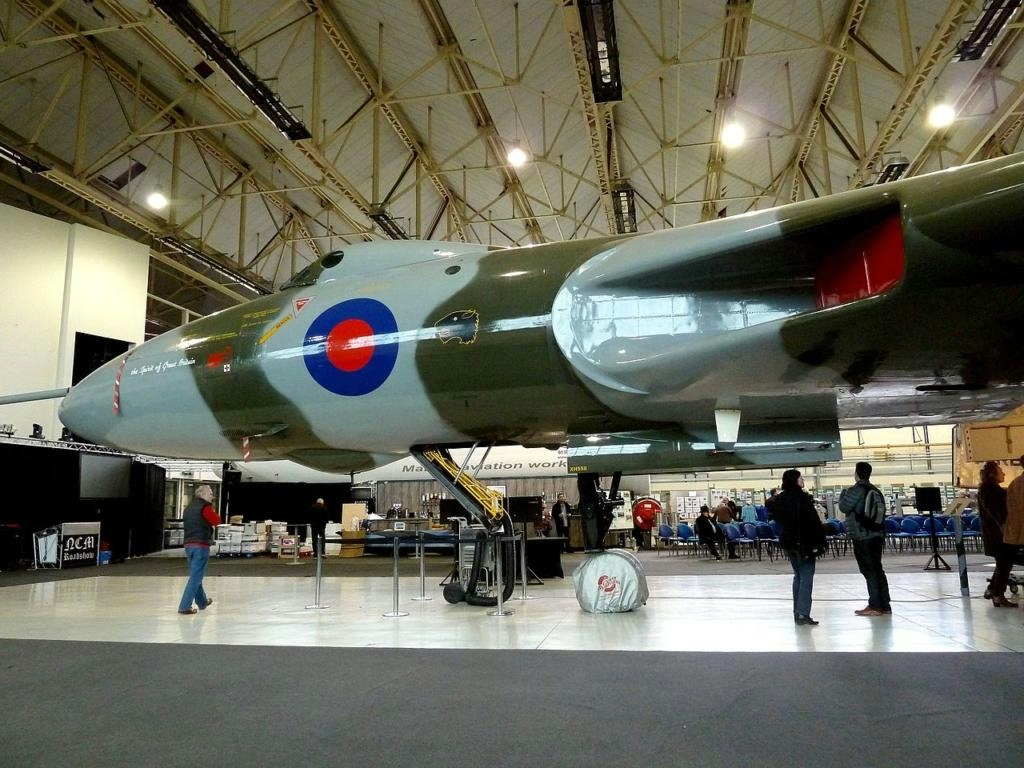
AeroGenie — 您的智能副驾驶。
热门趋势
Categories
Pratt & Whitney Marks 100 Years of Innovation

Pratt & Whitney Celebrates a Century of Innovation Amid Industry Challenges
This year marks the 100th anniversary of Pratt & Whitney, a company that has long stood as a symbol of excellence in aircraft propulsion. Founded on July 22, 1925, in Hartford, Connecticut, the company was the brainchild of Frederick B. Rentschler, a 37-year-old aviation engineer and enthusiast. Disenchanted with the leadership at Wright Aeronautical, Rentschler believed that true advancement in aviation required visionary engineers rather than financiers. Leaving behind the security of his family’s Ohio business, he embarked on a mission to revolutionize flight.
In early 1925, Rentschler proposed a pioneering 400- to 500-horsepower air-cooled radial engine to a Navy admiral. Although the Navy lacked immediate funding, Rentschler remained undeterred. By April, he and his brother secured up to $1.5 million in backing from a family friend whose company’s machine tool division in Hartford was known as Pratt & Whitney. The new enterprise was launched in a repurposed tobacco warehouse, where Rentschler quickly assembled a world-class engineering team, including notable figures such as George Mead and Andy Willgoos.
Just months later, on Christmas Eve 1925, the first Wasp engine came to life—a lightweight, powerful, and reliable innovation that transformed both commercial and military aviation. Over the ensuing century, Pratt & Whitney engines powered iconic World War II aircraft, Cold War-era jets, and today’s next-generation engines, consistently pushing the boundaries of aerospace technology.
Navigating Contemporary Industry Challenges and Innovations
As Pratt & Whitney marks its centennial, the company confronts new challenges amid a rapidly evolving aerospace industry. Recent operational difficulties have been highlighted by airline operators such as Cebu Pacific, whose CEO Mike Szucs pointed to issues with the airline’s Pratt & Whitney engines. These problems have led to the grounding of some Airbus A321neo aircraft, underscoring the complexities inherent in modern engine technology and the high standards demanded of industry leaders.
In response, Pratt & Whitney is actively pursuing solutions and expanding collaborations. Partnerships with companies such as GKN Aerospace, along with ongoing projects with ATR and MagniX, aim to advance new propulsion technologies and address reliability concerns. These initiatives reflect a broader industry trend, as airlines reassess fleet strategies and engine procurement in light of evolving performance and sustainability requirements.
As part of its centennial celebrations, Pratt & Whitney will feature its rare Boeing 747SP flying test bed at EAA AirVenture Oshkosh 2025. This unique aircraft, equipped with a fifth engine mount designed for experimental propulsion systems, will be on display in Boeing Plaza from July 20 to 24. The exhibit offers attendees a rare opportunity to engage with one of aviation’s most innovative platforms.
Pratt & Whitney’s legacy is founded on engineering brilliance, bold vision, and an unwavering commitment to advancing flight. As the company enters its second century, it faces both the challenges and opportunities presented by a transforming aerospace landscape, continuing to shape the future of aviation one engine at a time.

The Fastest Boeing Jet Currently in Service

Quintana Roo Secures $24.3 Million Deal for MRO and Cargo Services

Textron Aviation Appoints Justin Salmans Senior Vice President of Supply Chain

Delivery Delays and Canceled SAF Projects Prompt Focus on Fuel Efficiency

Avro Vulcan XH558 Engine Runs Scheduled at Doncaster Sheffield Airport in 2026

Embraer Unveils AI-Driven Smart Planning Solution

Vietjet Expands Fleet with Delivery of 22 Aircraft

Qantas Returns A380 to Service

Perimeter Aviation Adopts Omnivex Software to Enhance Communications
